18 Wild Animals in Jamaica [Wildlife in Jamaica]
Want to know more about the wildlife in Jamaica?
Discover 18 wild animals in Jamaica in this post, as well as interesting facts about them. 🇯🇲
Learn All About Jamaican Animals
Ready to learn all about Jamaican animals?
I’ve always been fascinated by animals, and by how they can be so different from one country to another. In this guide, we’ll focus on the numerous animals Jamaica has on the land, in the sky, and underwater.
I’ve split the guide into 6 categories:
- Native animals from Jamaica
- Endangered animals of Jamaica
- What is Jamaica national animal?
- How many animals native to Jamaica?
- Are there jaguars in Jamaica?
- What is the most common animal in Jamaica?
Let’s dive in right away with our first category!
Native Animals from Jamaica
Jamaica is an American country located in the central part of the continent, in the Caribbean Sea. It is the third-most populous Anglophone country in the Americas, but it used to be a Spanish colony as well. It is surrounded by the Caribbean Sea and is the third-largest island of the Caribbean, and its capital and largest city is Kingston, which counts more than 662,000 inhabitants (but more than 1,190,000 if you include the metropolitan area).
An interesting part of the country that I wanted to tackle is its wildlife. In light of that, I have listed the best of it, and I hope you will love learning what animals live in Jamaica.
Here’s the Jamaica animals list.
1. Jamaican boa
- Name: Jamaican boa
- Scientific name: Chilabothrus subflavus
- Conservation status:
The Jamaican boa, also known as the yellow snake, is a non-venomous species of boa endemic to Jamaica. It lives in Jamaica cockpit country, usually in moist limestone forests.
This boa species is listed as vulnerable to extinction because of the fact that a decline of 20 percent is expected within the next decade or three generations. The natural habitat of the Jamaican boa is being destroyed, which forces it to live in urban areas, where it gets captured and killed.
2. Small Indian mongoose
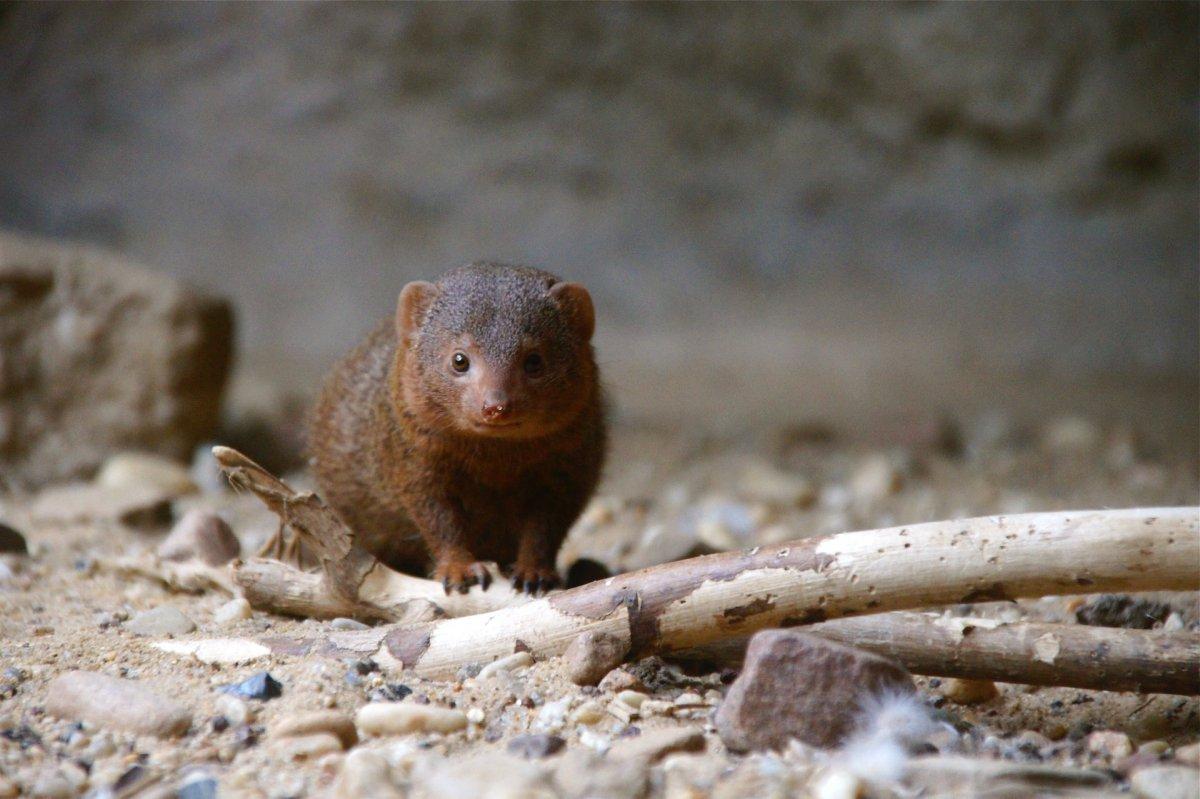
- Name: Small Indian mongoose
- Scientific name: Urva auropunctata
- Conservation status:
The small Indian mongoose is a species of mongoose native to the Indian subcontinent, Central Asia and Iraq. It has been introduced to many other regions on the planet, such as many Pacific and Caribbean Islands, including Jamaica, where it is very common.
This mongoose has a long, slender body and was brought to the Caribbeans in 1872 in hopes to control black and brown rat populations around sugarcane plantations. Since then, it has thrived and is now everywhere on the island.
3. Jamaican coney
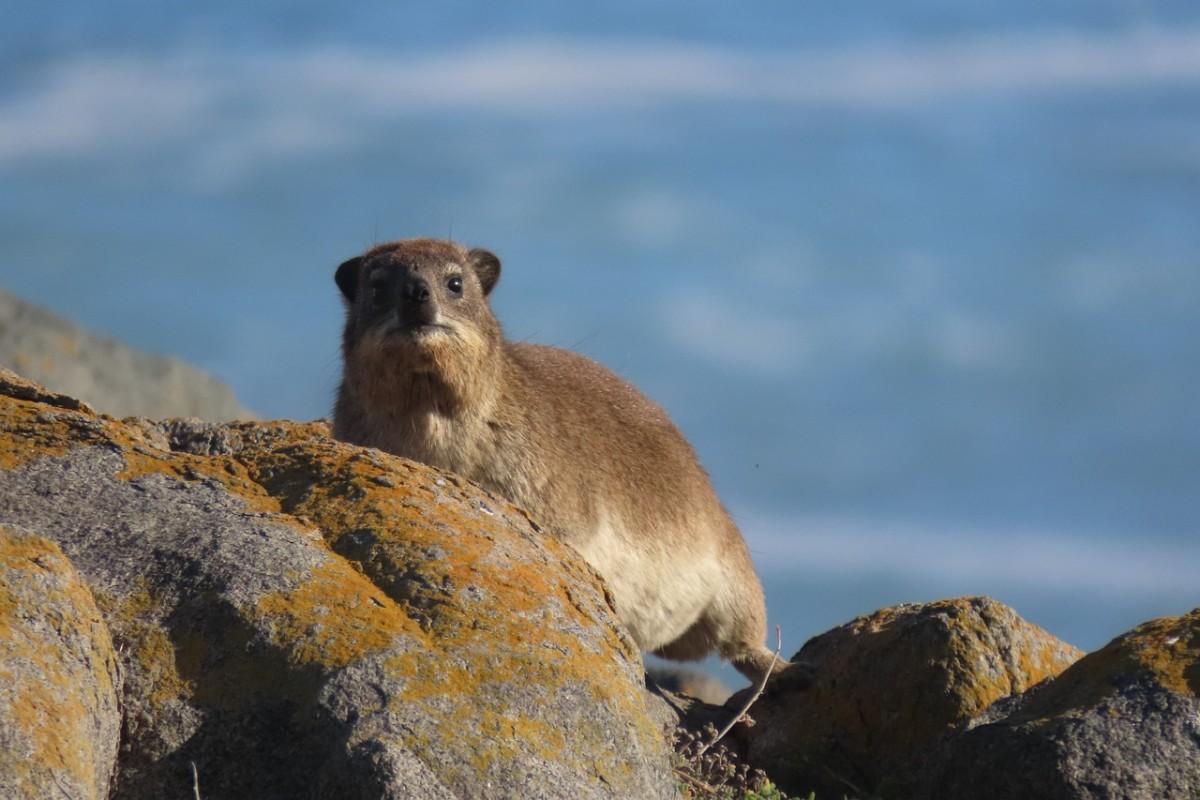
- Name: Jamaican coney
- Scientific name: Geocapromys brownii
- Conservation status:
The Jamaican coney, also known as the Browns hutia or the Jamaican hutia, is a species of hutia endemic to Jamaica. It is the only land mammal native to Jamaica.
This mammal is almost exclusively nocturnal. It forages on the ground and feeds on a wide variety of food sources, such as fruits, bark, foliage and roots. It is highly social and commonly interacts with other individuals through activities such as playing and mutual grooming.
4. Black-billed amazon
- Name: Black-billed amazon
- Scientific name: Amazona agilis
- Conservation status:
The black-billed amazon, also known as the black-billed parrot, is a species of amazon parrot endemic to Jamaica. It can easily be distinguished from the other local amazon parrot, the yellow-billed amazon.
This parrot lives in mountainous rainforests, and it feeds on seeds, fruit, and nuts, as well as cultivated fruit such as papayas, cucumbers, and mangos. Sadly, because of poaching, capture for the pet trade, and habitat fragmentation due to deforestation and hurricane damage, it is much rarer now and listed as endangered.
5. Greater flamingo
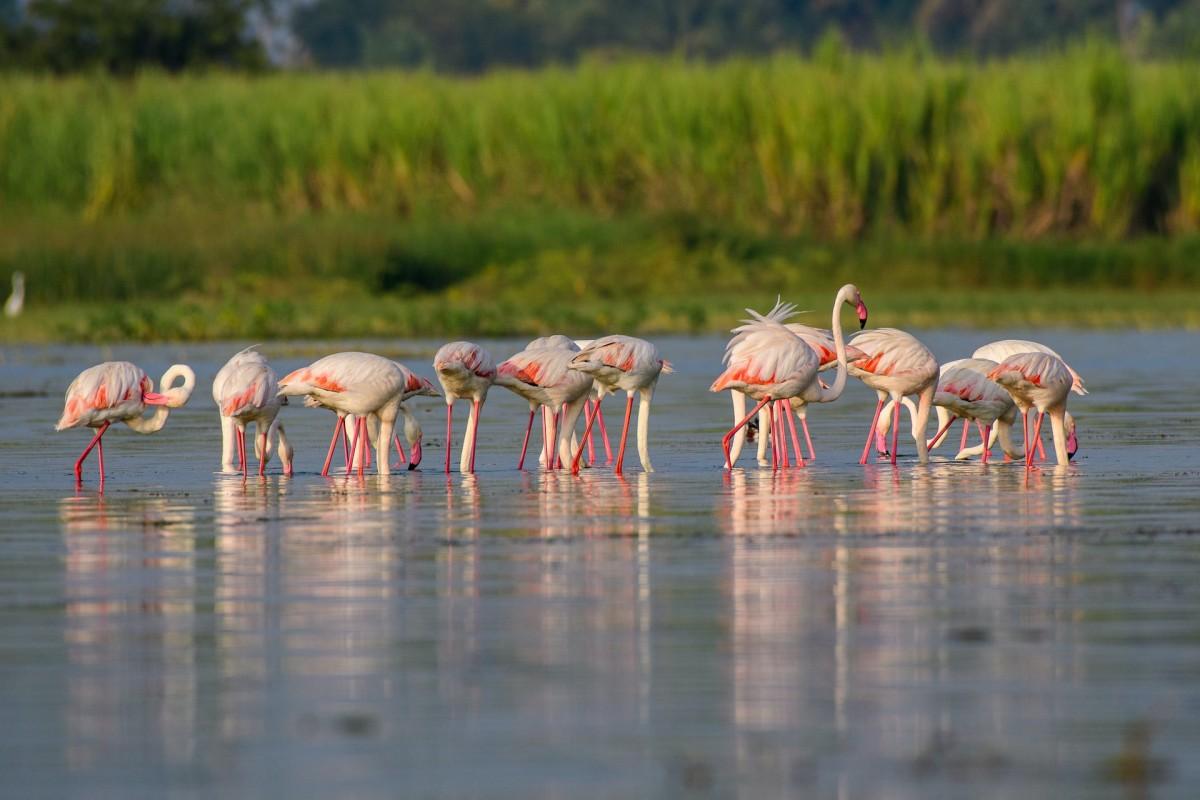
- Name: Greater flamingo
- Scientific name: Phoenicopterus roseus
- Conservation status:
The greater flamingo is the most widespread and largest species of flamingo in the world. It can be found in the Indian subcontinent, Africa, the Middle East, Europe, and the Americas.
While chicks are born with gray, fluffy down, they become pink over time because of the pigments of the organisms they feed on: this bird usually lives in shallow waters such as coastal lagoons or estuaries and finds its food in the sand with its bill.
6. American eel
- Name: American eel
- Scientific name: Anguilla rostrata
- Conservation status:
The American eel is a species of fish native to the eastern coast of North America. It has a slender, snake-like body covered with a mucus layer, which makes it look naked and slimy.
This fish has a long dorsal fin and lives in freshwater and estuaries. Because of its importance in the economy, being commonly used as bait for sport fishes and even being consumed, it has become endangered, and where it used to be abundant, it is now quite rare.
7. West Indian manatee
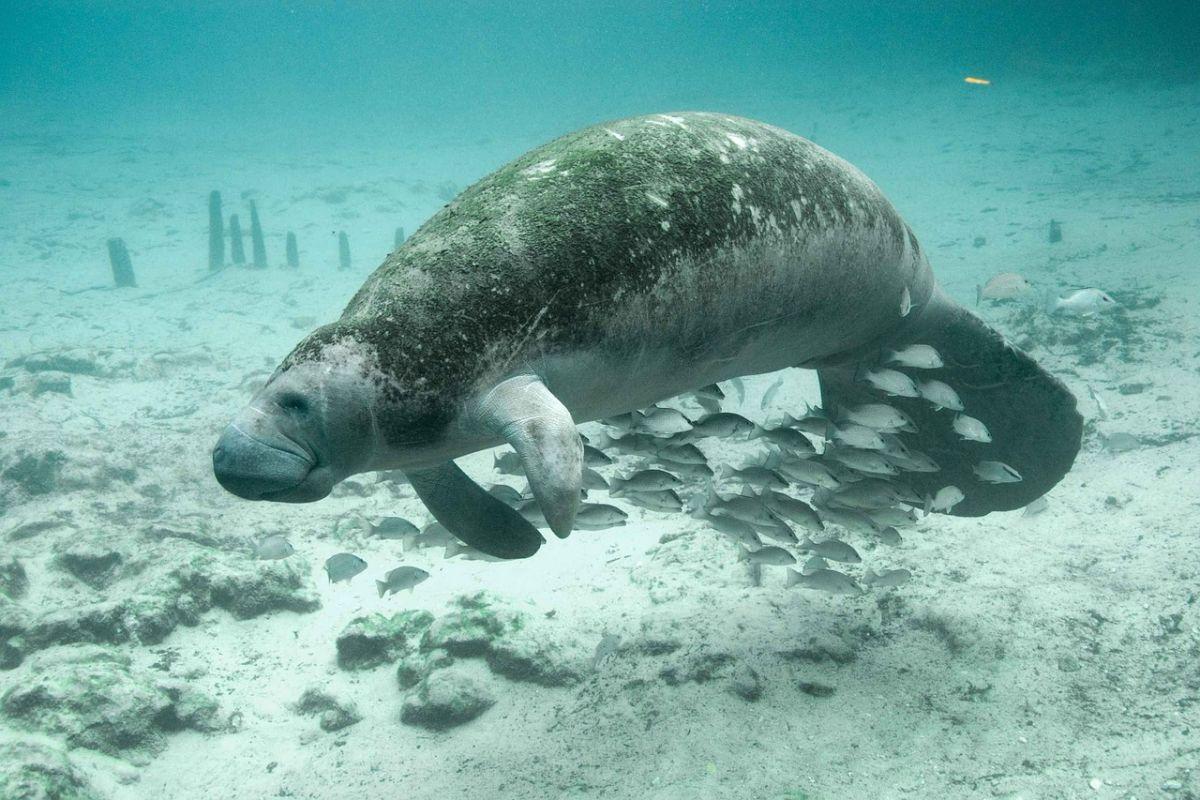
- Name: West Indian manatee
- Scientific name: Trichechus manatus
- Conservation status:
The West Indian manatee, also known as the North American manatee, is a large species of aquatic mammal native to the coastlines of North, Central and South America.
This mammal is a herbivore with vocal communication abilities, and its body is entirely covered with vibrissae, which are particularly useful for navigation and feeding. During the 1970s, there were only several hundred individuals left, but the West Indian manatee has recovered since then.
8. Jamaican rice rat
- Name: Jamaican rice rat
- Scientific name: Oryzomys antillarum
- Conservation status:
The Jamaican rice rat was a species of rodent native to Jamaica. It lived until at least the 19th century, and probably disappeared at the end of it.
The main reasons for the extinction of the Jamaican rice rat are most likely competition with introduced rodents such as the brown rat, as well as habitat destruction. This rodent was medium-sized, with reddish upperparts and yellowish underparts.
9. Greater bulldog bat
- Name: Greater bulldog bat
- Scientific name: Noctilio leporinus
- Conservation status:
The greater bulldog bat, also known as the fisherman bat, is a large species of fishing bat native to Latin America. In order to feed, it detects water ripples made by fish and uses the pouch between its legs to scoop them up and cling onto them.
This bat mostly lives in tropical lowlands, and it is commonly found over ponds and streams, as well as coastal lagoons and estuaries.
10. Blue whale
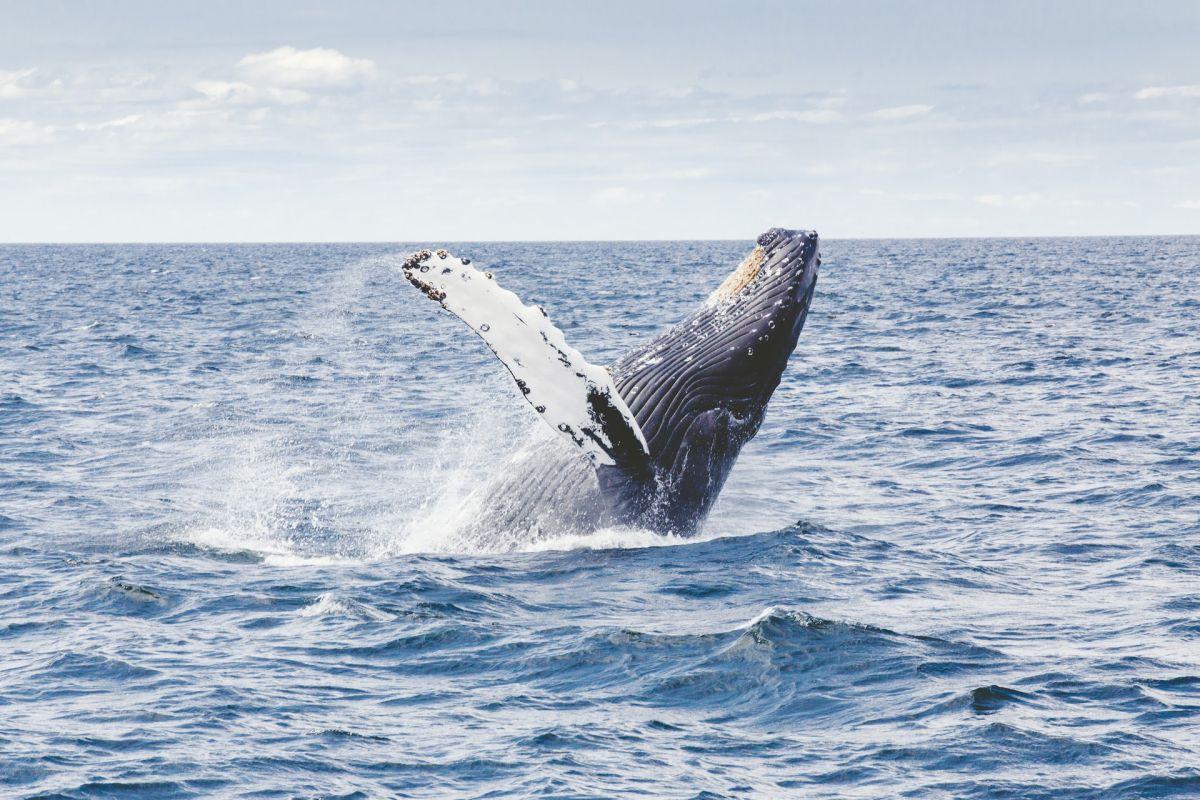
- Name: Blue whale
- Scientific name: Balaenoptera musculus
- Conservation status:
The blue whale is the largest animal known to have ever existed.
It is a marine mammal that can be found in all the oceans of the world, and that can reach lengths of up to 29.9 m / 98 ft! There are several populations of blue whales, considered subspecies: in the North Atlantic and North Pacific, in the Southern Ocean, in the Indian Ocean and South Pacific Ocean, in the Northern Indian Ocean, and off the coast of Chile.
11. Striped dolphin
- Name: Striped dolphin
- Scientific name: Stenella coeruleoalba
- Conservation status:
The striped dolphin is a well-known species of dolphin native to temperate and tropical waters of the oceans.
This dolphin has been heavily hunted, mostly in Japan, where up to 21,000 individuals were killed in a single year, while average years consisted of 8,000 to 9,000 killings. However, since the 1980s and the introduction of quotas, only 1,000 striped dolphins are killed each year; but this dolphin still has to face other major threats such as pollution, disease, and incidental catches.
12. Raccoon
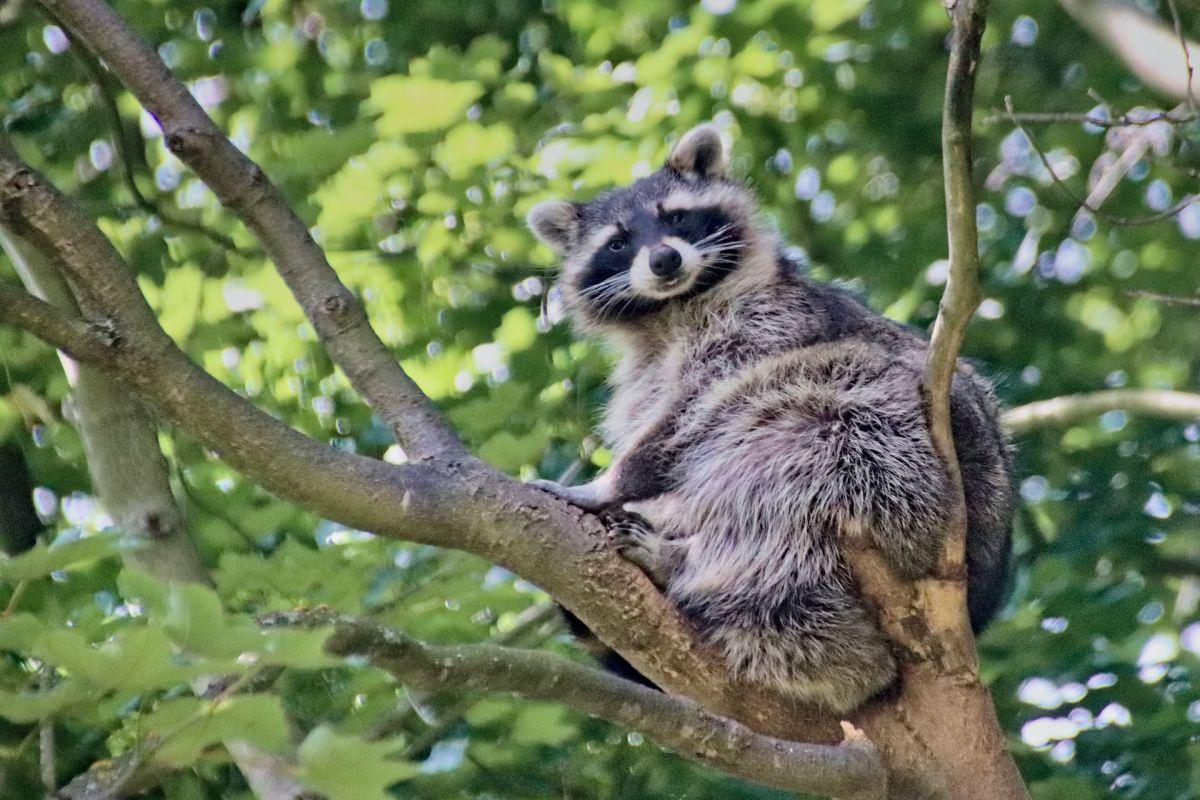
- Name: Raccoon
- Scientific name: Procyon lotor
- Conservation status:
The raccoon, formally known as the common raccoon, is a species of mammal native to North America. It has a grayish coat with a characteristic black mask on its face, as well as a ringed tail.
This mammal is omnivorous and nocturnal, eating about 40 percent of invertebrates, 33 percent of plants, and 27 percent of vertebrates. Its original habitats were deciduous and mixed forests, but it has now adapted to human disturbance and can easily be seen in urban areas.
13. Caribbean monk seal
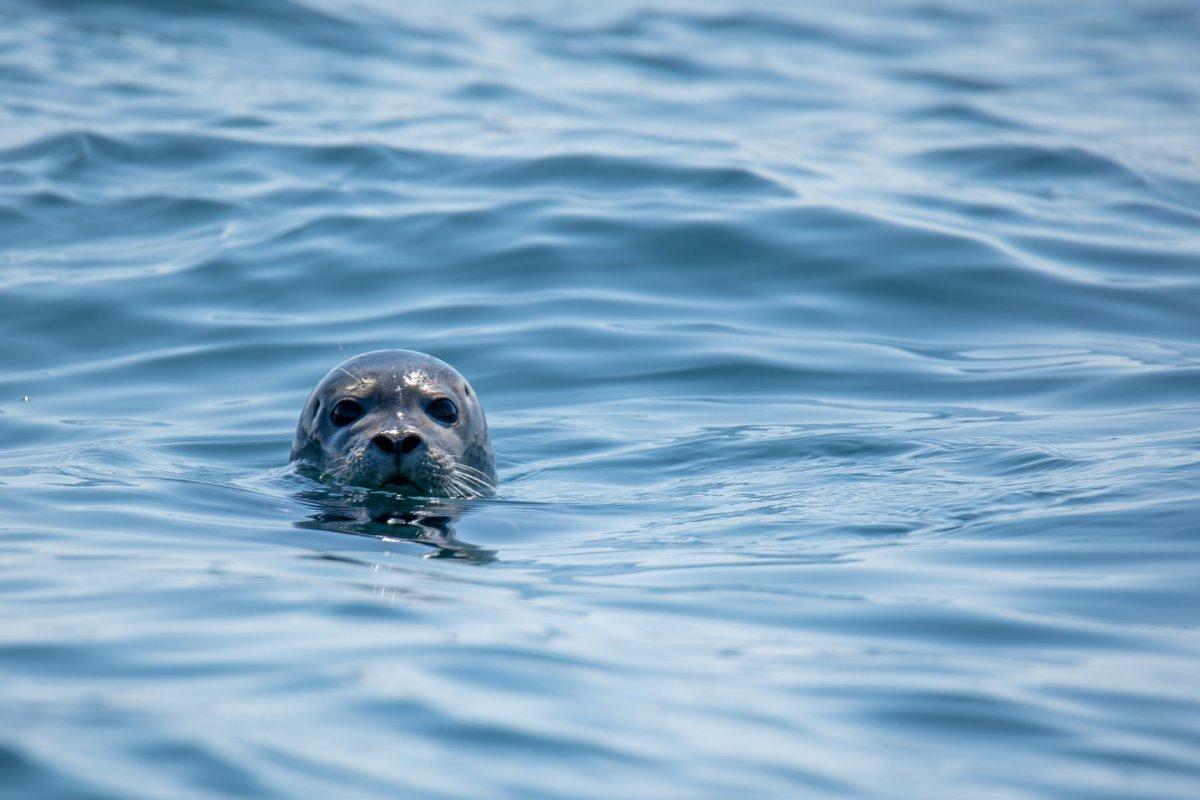
- Name: Caribbean monk seal
- Scientific name: Neomonachus tropicalis
- Conservation status:
The Caribbean monk seal, also known as the West Indian seal or the sea wolf, was a species of seal native to the Caribbean Sea that was last seen in 1952. After an extensive 5-year search, it was officially declared extinct in 2008.
This seal used to be found in warm temperate, subtropical, and tropical waters in the Caribbeans, but also in the Gulf of Mexico and the western Atlantic Ocean. It was first mentioned by Christopher Columbus in 1494 when he landed on the island of Hispaniola.
14. White-tailed deer
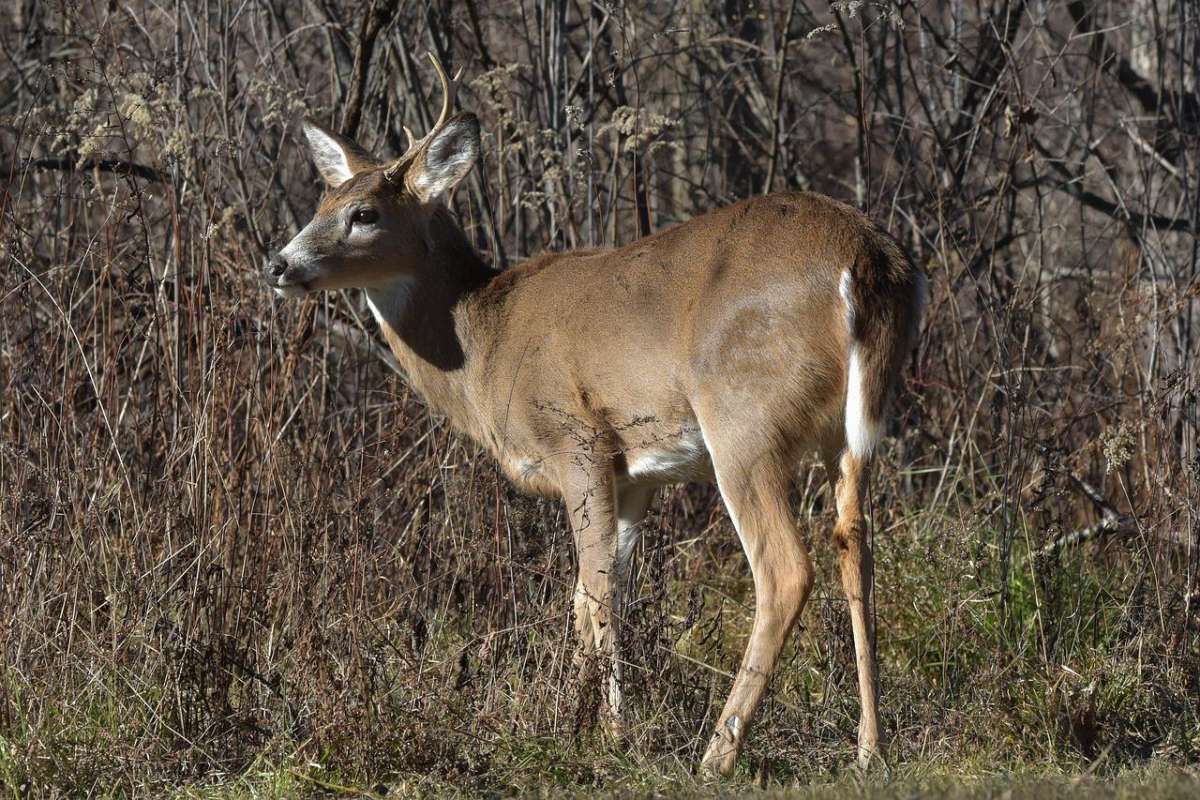
- Name: White-tailed deer
- Scientific name: Odocoileus virginianus
- Conservation status:
The white-tailed deer, also known as the Virginia deer or the whitetail, is a medium-sized species of deer native to North, Central, and South America. It has been introduced to many other countries, such as all the Greater Antilles in the Caribbean, New Zealand, and several European areas.
The main predators of this deer species are cougars, wolves, alligators, jaguars, and humans. Outside of humans, predators usually attack the weakest individuals such as fawns and infirm members.
15. Wild boar
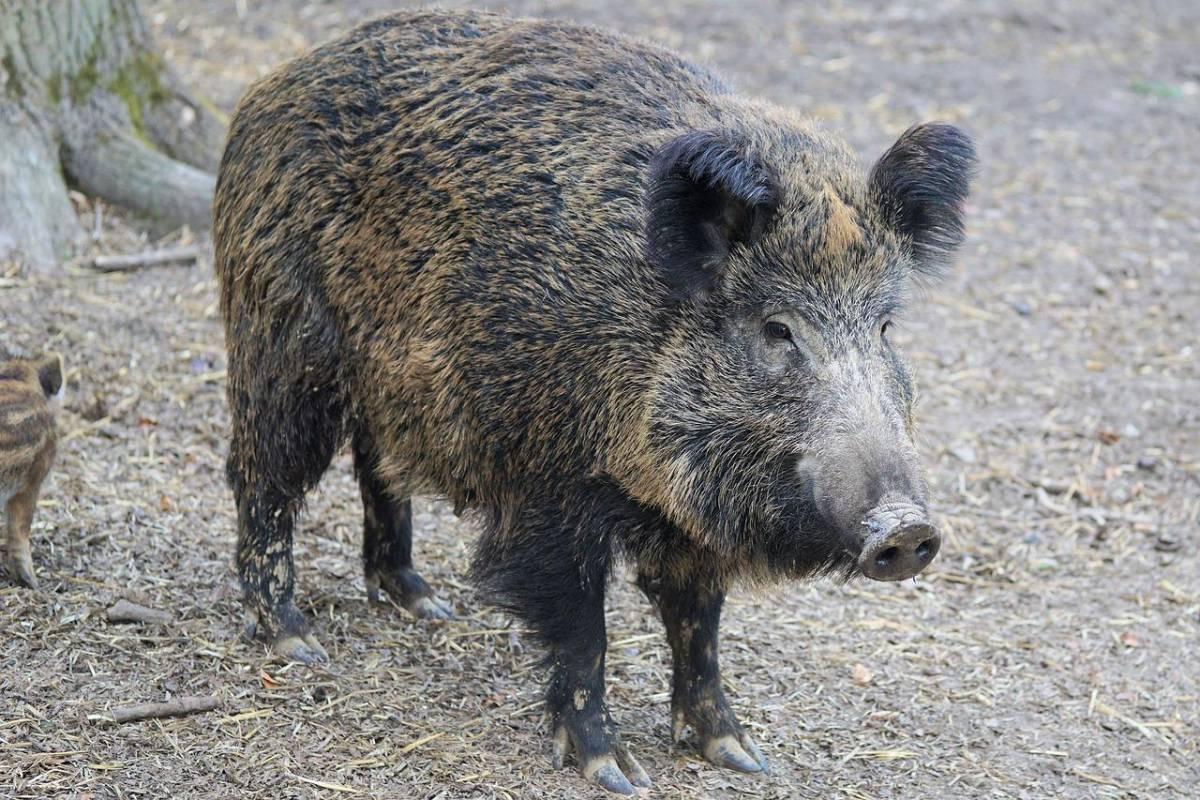
- Name: Wild boar
- Scientific name: Sus scrofa
- Conservation status:
The wild boar, also known as the wild swine, the Eurasian wild pig, or the wild pig, is a species of suid native to most of Eurasia and North Africa, that has been introduced to several countries in Oceania and the Americas.
This mammal is one of the most wide-ranging ones on the planet, mostly thanks to its adaptability: not only can it tolerate a large variety of habitats, but it can also feed on whatever it finds.
16. Limpkin
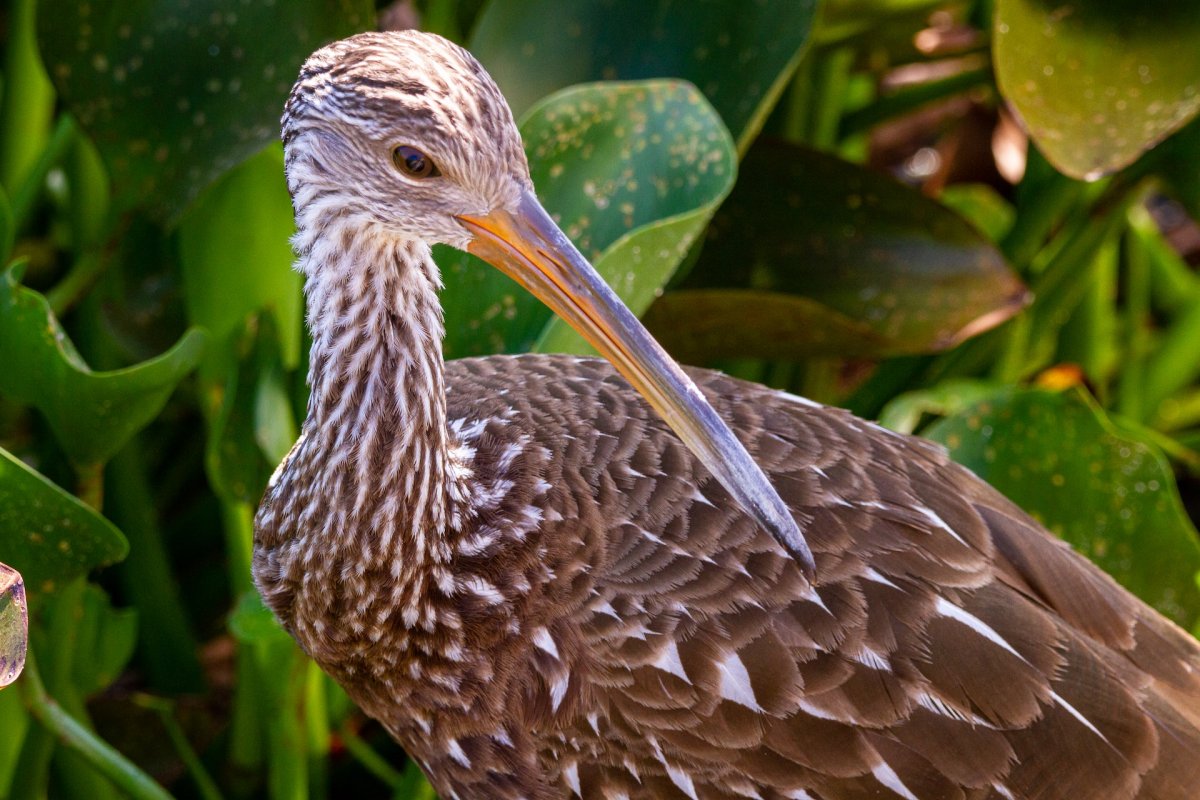
- Name: Limpkin
- Scientific name: Aramus guarauna
- Conservation status:
The limpkin, also known as the courlan, the crying bird, or the carrao, is a large species of wading bird native to Central and South America, as well as to the Caribbean Islands. Its diet is mostly made of apple snails and other mollusks, and it gets its name from its seeming limp when it walks.
This bird is active during the day and is usually very approachable. It is not aggressive towards anyone or anything and rarely fights with other members of its own species.
17. Red-billed tropicbird
- Name: Red-billed tropicbird
- Scientific name: Phaethon aethereus
- Conservation status:
The red-billed tropicbird is a species of tropicbird native to the tropical Atlantic, Pacific, and Indian Oceans. As its name suggests, it has a bright red bill, but, more interestingly, also has two long tail streamers, about twice its body length.
This bird nests in loose colonies, usually on a cliff face. Its main predators are introduced black and brown rats, as well as cats, but the red-billed tropicbird is still considered of least concern.
18. Wood stork
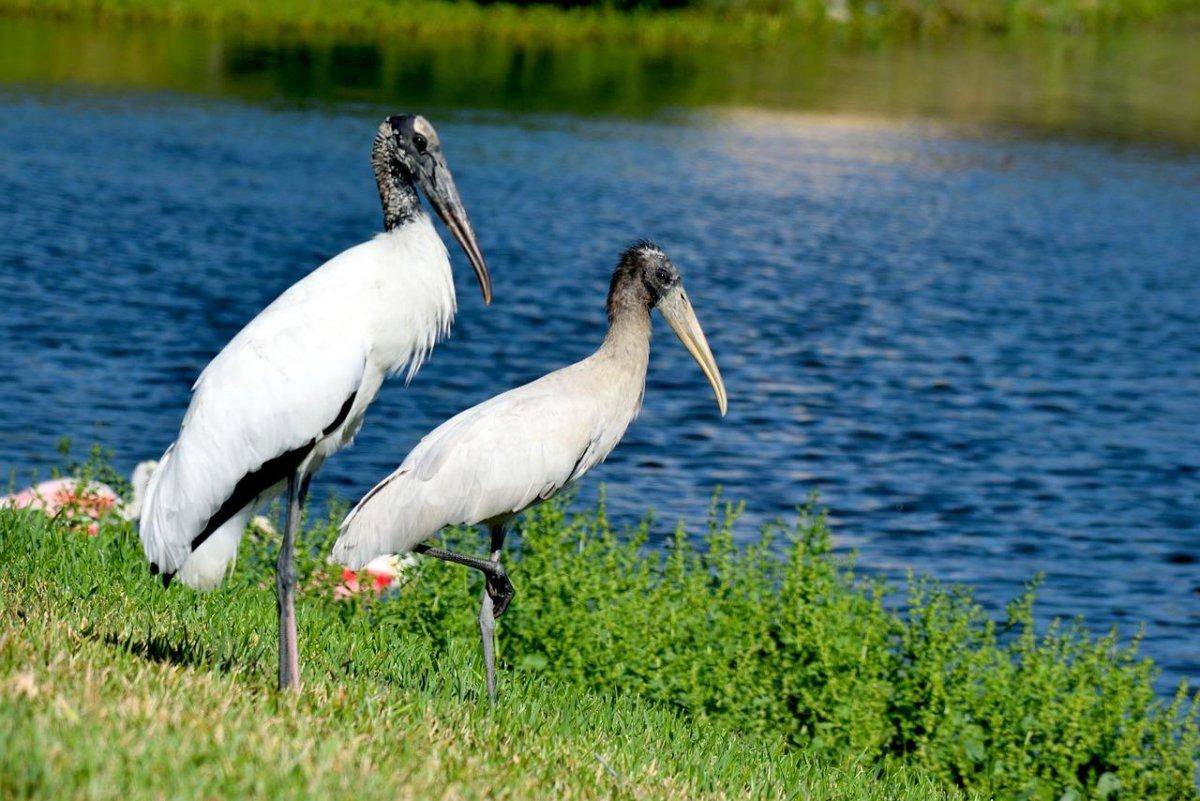
- Name: Wood stork
- Scientific name: Mycteria americana
- Conservation status:
The wood stork, formerly known as the wood ibis, is a large species of wading bird native to the Americas. Despite its former name, it is not an ibis.
This bird lives in tropical and subtropical areas of the Americas, mostly in Central and South America, and on several Caribbean Islands. In the United States, this species is locally considered vulnerable, but it is listed as least concern on a global scale.
—
So there you have them, these were my 18 native Jamaican animals. I hope you enjoyed this list and that you learned something new today.
In case you want to learn more about the animals that live in Jamaica, feel free to keep reading, as I still have lots of things to tell you about:
Endangered Animals of Jamaica
This is definitely the saddest part of the list, but it is very important to raise awareness. Because of this, let’s go through the list of endangered animals in Jamaica.
Here are the animals in danger of extinction in Jamaica.
- Jamaican rice rat
- Jamaican monkey
- Caribbean monk seal
- Caribbean emerald
- Portland ridge frog
- Jamaican petrel
- Jamaican poorwill
- Hawksbill turtle
- Oceanic whitetip shark
- and 18 more…
- Black-billed amazon
- Whitespotted eagle ray
- Caribbean reef shark
- Jamaican masked frog
- Jamaican red-eyed frog
- and 44 more…
To see the full list of endangered species in Jamaica, head over to the International Union for Conservation of Nature’s Red List.
What is the National Animal of Jamaica?
The national animal of Jamaica is the red-billed streamertail.
The red-billed streamertail, also known as the scissors tail hummingbird or the doctor bird, is a species of hummingbird endemic to the island of Jamaica.
It is reputed to be the most beautiful bird on the island, and one of the most beautiful ones in the world, according to Ian Fleming.
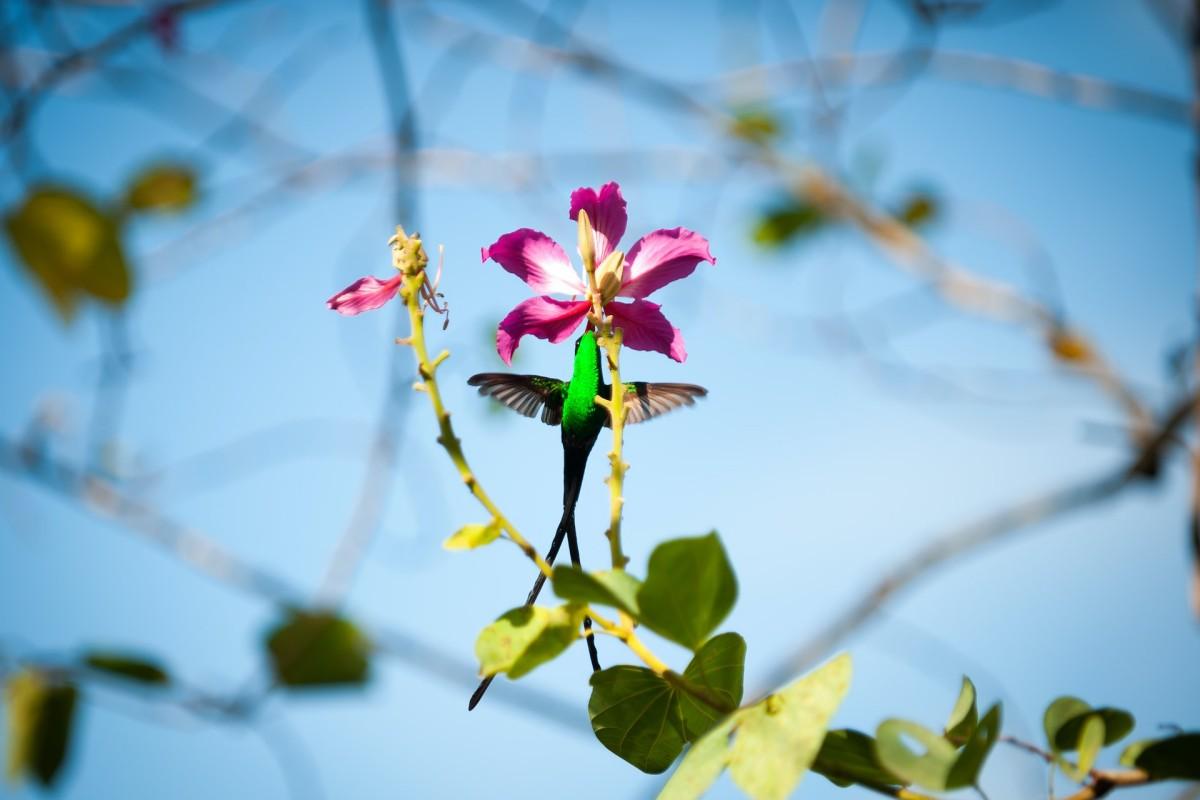
How Many Animals Native to Jamaica?
What is the diversity of native animals in Jamaica?
Let’s look at the total number of species of Chordata (mammals, birds, fishes, and reptiles).
Total number of animal species in Jamaica: 1,557 (4,203 in total in the Caribbean Islands)
Are there jaguars in Jamaica?
The jaguar is one of the most iconic animals of all Central and South America, which you could compare to the lion of Africa. It is the third-largest wild cat in the world and has a powerful bite and a beautiful coat.
However, there are no jaguars in Jamaica, just like on any other Caribbean Island, since it would need to be imported… which is quite scary if you ask me.
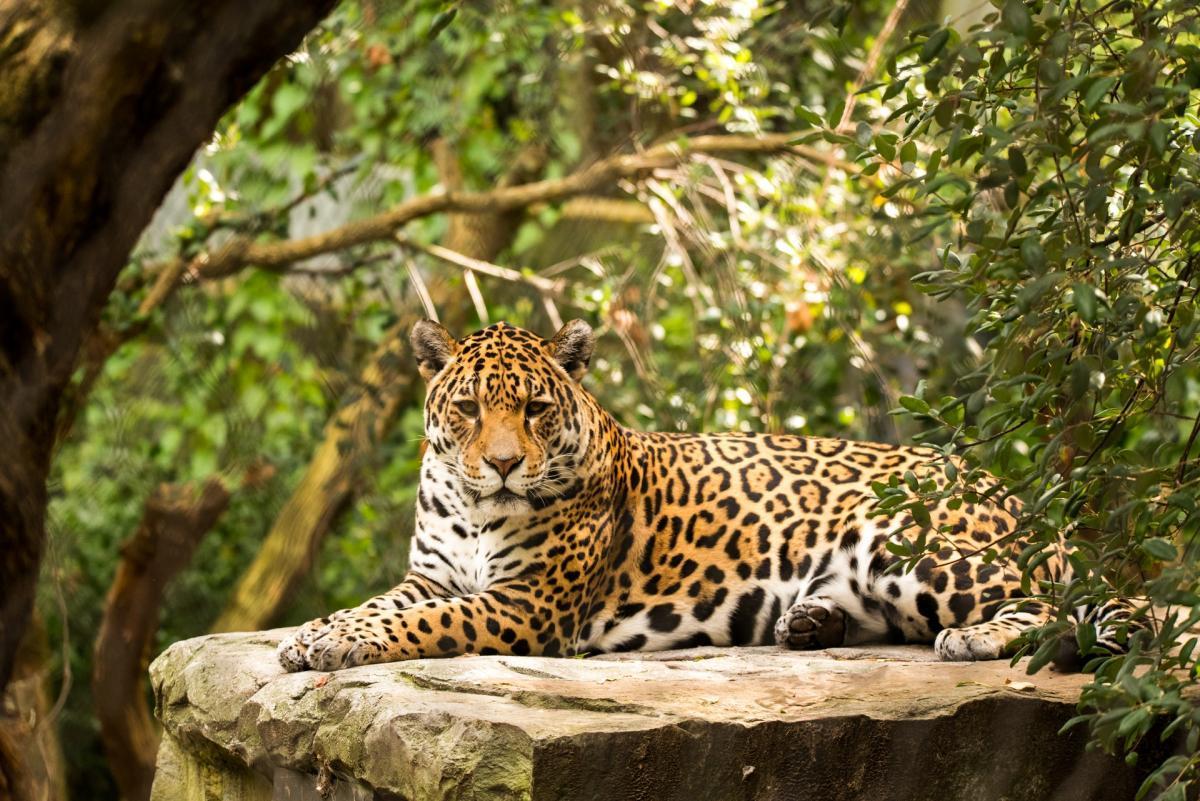
What is the most common animal in Jamaica?
There are many widespread and common animals on the island of Jamaica, but the most common of them has to be the Jamaican fruit bat.
This bat species, also known as the common fruit bat or the Mexican fruit bat, can be found in the Caribbeans, but also in Central and South America. Despite habitat disruption, it is not threatened whatsoever, but it can sometimes be a pest, damaging fruit crops in some areas.
More About Animals in the World!
Loved these facts about the wildlife of Jamaica? Want to see what animals live in other countries?
Then check out these posts:
Or click here to see ALL the facts up on the blog! Spoiler alert: there’s A LOT of them.
Share the knowledge! Click on the buttons below to share information about these Jamaica native animals with your friends, and help them learn more about the world 🙂
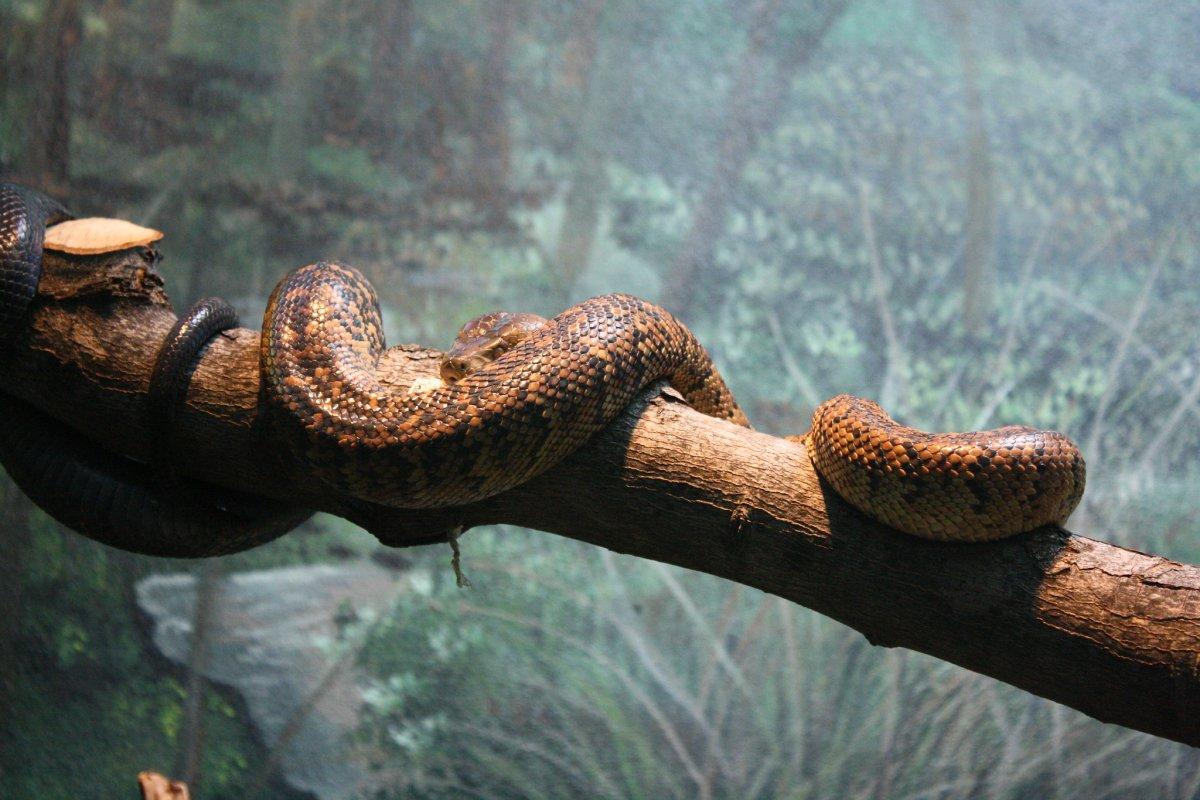
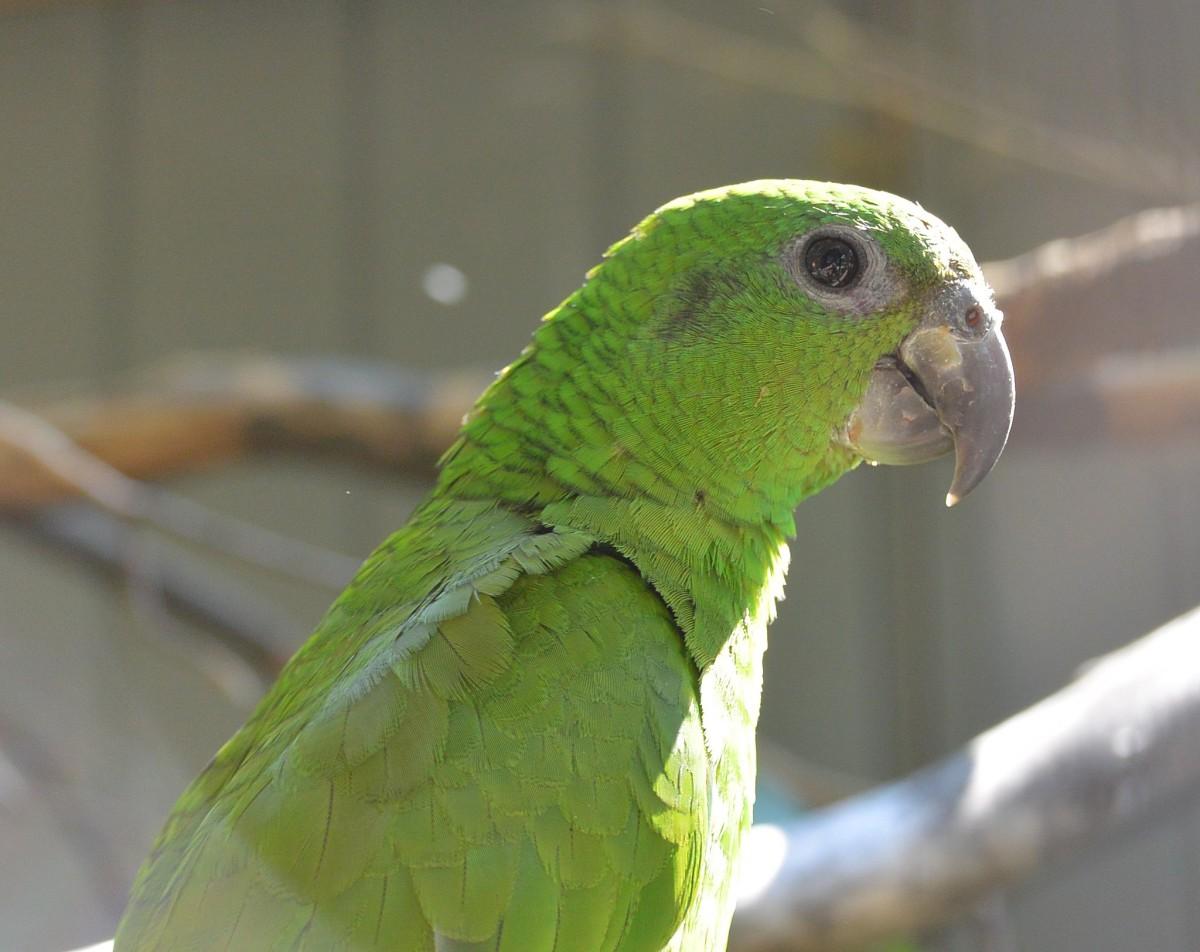
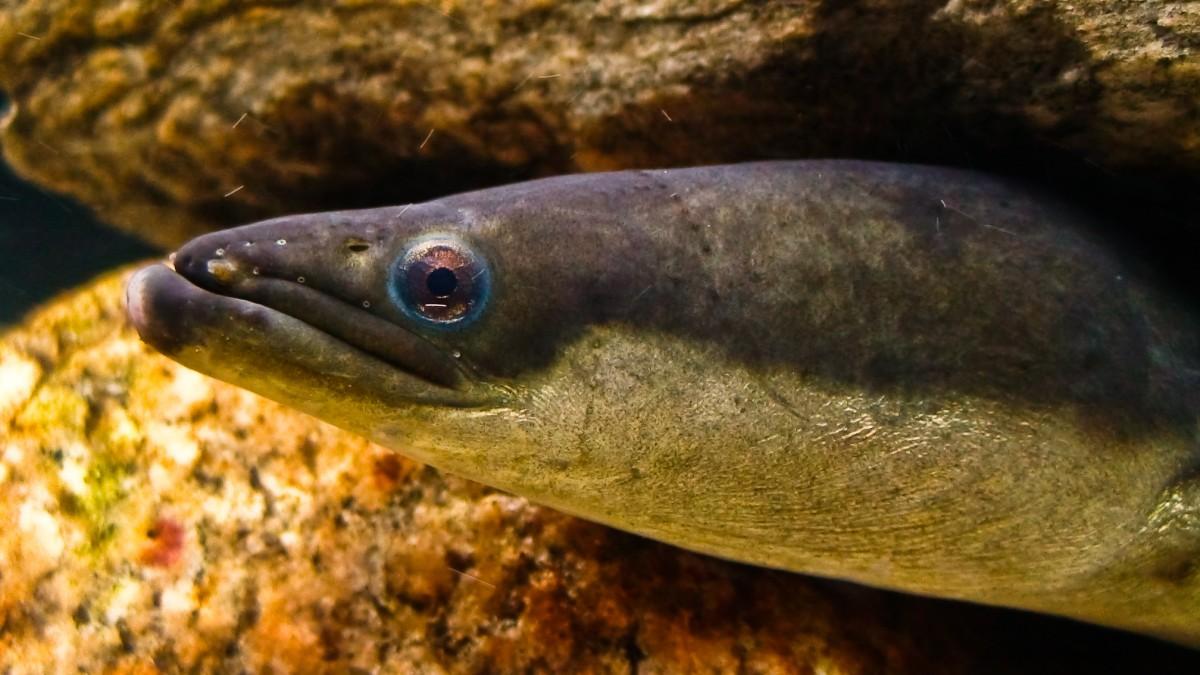
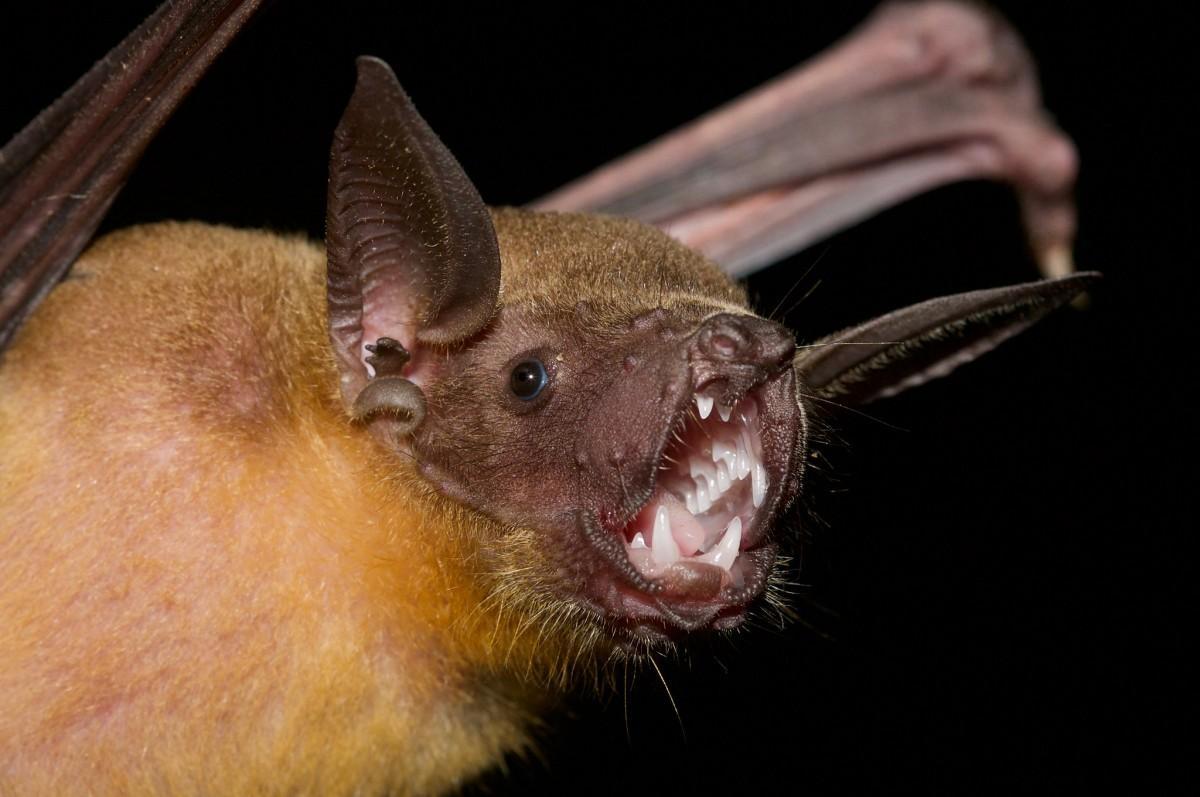
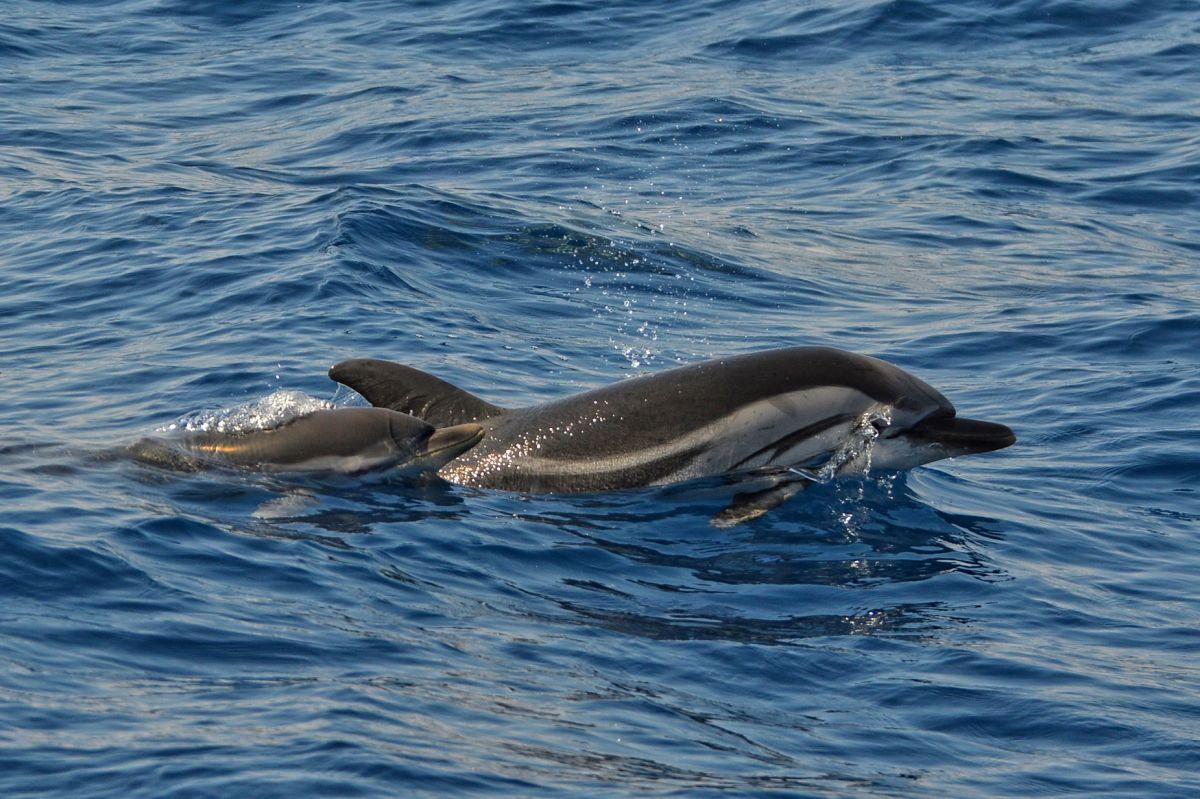
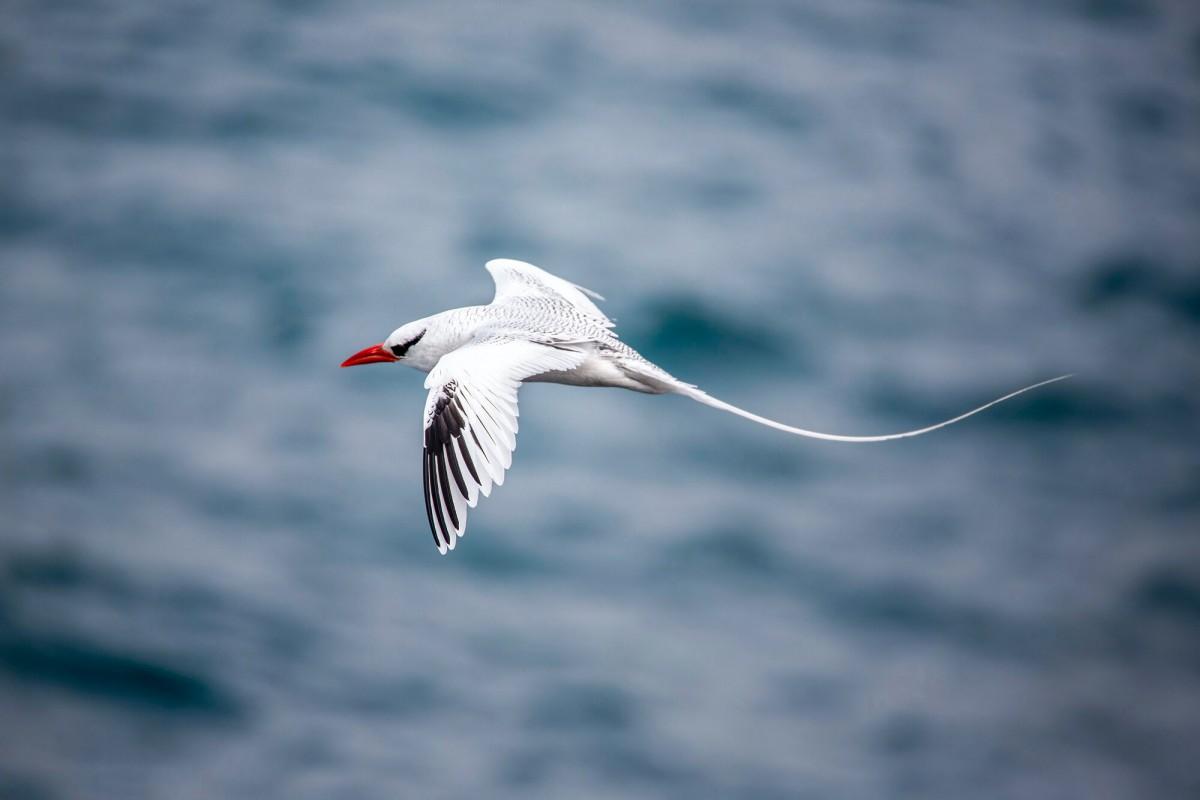

![21 Wild Animals in Tasmania [Wildlife in Tasmania]](https://www.kevmrc.com/wp-content/uploads/2023/01/21-wild-animals-in-tasmania-australia.jpg)
![18 Wild Animals in Czech Republic [Wildlife in Czech Republic]](https://www.kevmrc.com/wp-content/uploads/2022/06/18-wild-animals-in-czech-republic.jpg)
![15 Wild Animals in Barbados [Wildlife in Barbados]](https://www.kevmrc.com/wp-content/uploads/2022/08/15-wild-animals-in-barbados.jpg)